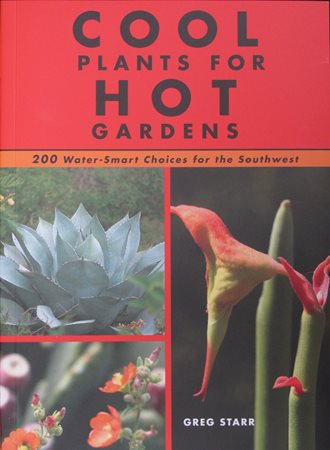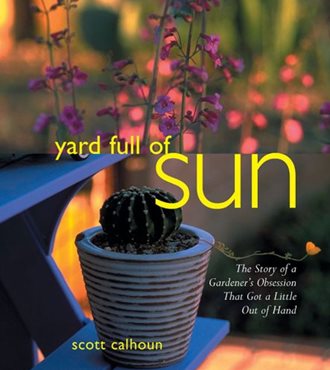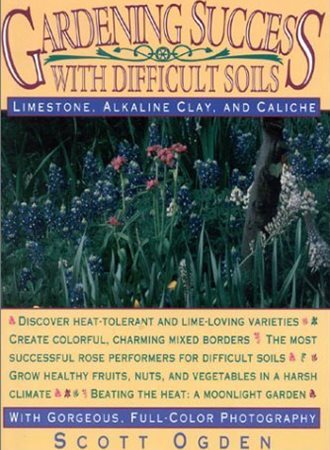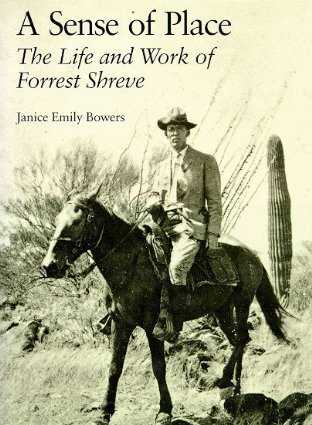Desert Gardening Plants and Books
Interested in desert gardening? Ron Gass suggests some plants and books to get you startedRon Gass, founder of Mountain States Wholesale Nursery (MSWN), recommends plants and books for those interested in desert gardening.
RECOMMENDED PLANTS
These native desert plants are not only pleasing additions to the home landscape, but they also attract pollinators to the garden.
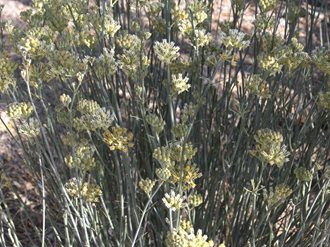
Photo: Courtesy Mountain States Wholesale Nursery.
Asclepias subulata (desert or rush milkweed)
This 4-foot perennial has creamy yellow flowers that pop up from spring through fall on upright, almost leafless, gray-green stems. The flowers attract butterflies, hawk moths, and tarantula hawks. Needs full sun and can handle reflected heat. Native to parts of California, Arizona, and New Mexico.
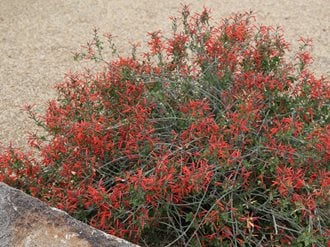
Photo: Courtesy Mountain States Wholesale Nursery.
Beloperone californica syn. Justicia californica (chuparosa)
A shrub native to the Sonoran desert with succulent stems that grows approximately 4 feet high. Red tubular flowers that bloom from spring until fall are hummingbird magnets. It’s drought resistant but thrives when given a little extra water.
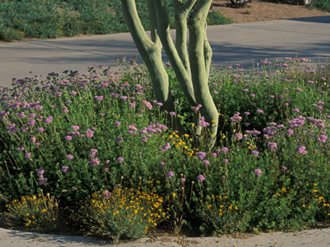
Photo: Courtesy Mountain States Wholesale Nursery.
Concoclinium greggii ‘Boothill’ syn. Eupatorium greggii, (Gregg’s mist flower)
Fuzzy lavender flowers are irresistible to queen butterflies. A good perennial groundcover that grows to 2 feet high and blooms from spring until late fall. Give it full sun or part shade and gravelly soil. Native to Arizona, New Mexico, Texas, and northern Mexico.
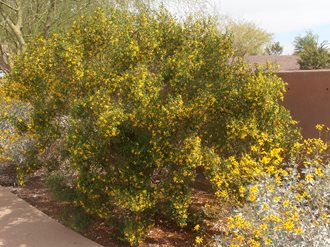
Photo: Courtesy Mountain States Wholesale Nursery.
Larrea tridentata (creosote bush)
Gass says that the native solitary bees evolved with the creosote bush. Foliage is especially aromatic after a rain. The shrub has an open habit, getting 6 feet high and 8 feet wide. Yellow spring flowers are followed by fuzzy seedpods. Full sun and well-drained soil; will grow fast and lush with more water. Native throughout the southwest.
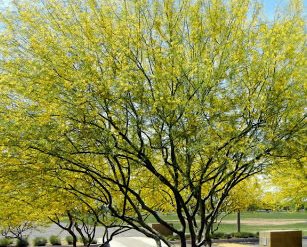
Photo: Courtesy AZ Plant Lady.
Parkinsonia × ‘Desert Museum’ (‘Desert Museum’ palo verde)
This thornless palo verde is a three-way cross between Parkinsonia microphylla, P. florida, and P. aculeata. Native bees are attracted to the bright yellow flowers that bloom throughout spring. The tree can reach 25 feet in height. For best results it needs full sun, well-drained soil, and a restrained hand with watering. Dr. Mark Dimmitt from the Arizona-Sonora Desert Museum was the first person to bring this plant to everyone’s attention.
RECOMMENDED BOOKS
“The enthusiasm these authors have is infectious,” Gass says. “With these books and the botanical gardens as a resource, gardeners can jump right in and have a good time with desert plants.”
Cool Plants for Hot Gardens
By Greg Starr (2009, Rio Nuevo Publishers)
Greg Starr owns Starr Nursery in Tucson, Arizona. “In the book, he does a great job of describing the plants he helped bring into the trade: how they can be utilized, what their care requirements are, and everything about them from A to Z,” Gass says.
Yard Full of Sun: The Story of a Gardener’s Obsession That Got a Little Out of Hand
By Scott Calhoun (2005, Rio Nuevo Publishers)
Tucson-based Scott Calhoun writes about how to transition into desert landscaping for people who have moved here from other places and how to make these desert plants work in the garden.
Gardening Success with Difficult Soils
By Scott Ogden (1992, Taylor Trade Publishing)
“A good book for someone who starts digging in this southwestern soil and says, “Man, this isn’t what it was like back in Iowa! What do I do now?’” Gass says. “Scott comes to people’s aid here.”
A Sense of Place: The Life and Work of Forrest Shreve
By Janice Emily Bowers (1988, The University of Arizona Press)
“Bowers is an amazing author,” Gass says. “I got a ton of good stuff out of that book. Other people might think it’s heavy because she doesn’t write with a lot of emotion, but she writes excellent descriptions.”
This bonus content accompanies an article in the Autumn 2016 issue in which we talk to Ron Gass about his role in transforming the desert landscape.
